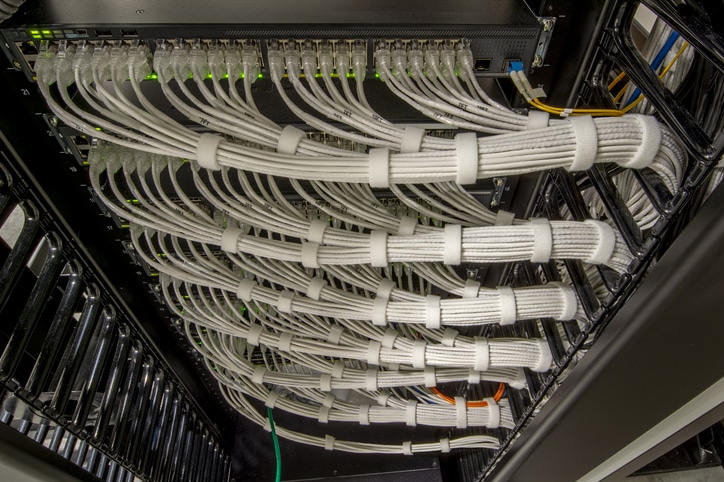Cat 6 or Cat 6A Cables – Which Does Your Data Center Need?
Due to the challenges brought on by COVID-19, the technological world has had to advance quickly. Consequently, keeping track of the latest equipment necessary or optimal for businesses and organizations has become extremely difficult, including the rising costs of the new hardware and software associated with the tech.
However, this is not the case with the Category 6 and Category 6A cables. One of the most expensive parts of any data center is the network equipment. But what if you can’t increase computing speed despite buying the latest servers and a large amount of RAM?
The most likely culprit here would be using the wrong type of cables or being unable to use the space in your data center to your advantage.
Cat 6 vs. Cat 6A Cables – What’s The Difference?
In the industry, it is common to hear that when you want to run a 10G copper wide with your data center, you will need the latest wire out there, i.e., the Cat 6A. However, this is a misconception that will most likely end up costing you a lot more than what you really need to invest.
Just because you need to transmit 10G signals, you don’t have to think of the more expensive Cat 6A wire. You may be able to make things work still using Cat 6 cable. In fact, Cat 6 can run a 10g signal for up to 55 meters (180 feet) without any interruptions or loss of data.
Besides this feature, Cat 6 wires are 25% lighter, have a smaller footprint, and are more pliable, allowing for more complex connections in structured cabling infrastructure. Most importantly, these wires are very cost-effective. These cables aren’t necessarily considered the latest in tech. Still, they get the job done, especially when it is being run inter-office (layer one infrastructure).
For comparison, Cat 6A wire can run a 10g signal for up to 100 meters (328 feet) without any interruptions or loss of data.
Since the cable takes up less space, it also means better airflow in the data center, hence reducing the risk of overheating and fires. This, in turn, means less power is used for cooling, and the overall maintenance and ownership costs can go down by 50% or more.
When debating Cat 6 vs Cat 6A cables, we encounter another contender — the mini Cat 6, suitable for shorter runs or environment patching. These cables are even smaller than a standard Cat 6 cable and can carry 10G signals up to 8.5 meters (28 feet). Patching on Cat 6A cables is a lot more expensive.
So, before you spend so much on buying Cat 6A wires or any of the latest versions, you need to consider your requirements. If you need an expert to help you understand what your data center needs and which infrastructure can fit into your budget, we suggest you get in touch with Americom professionals and schedule a strategy session today!




